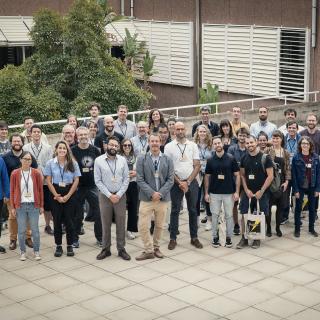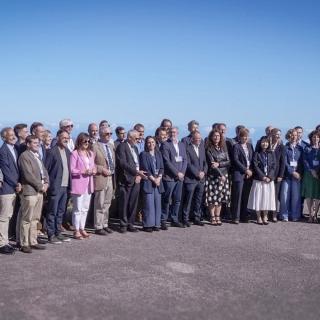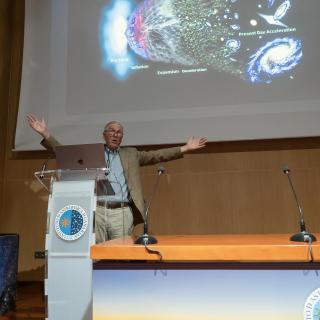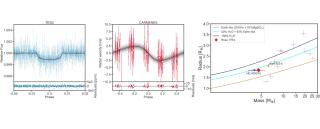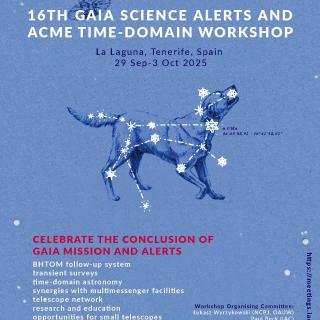
El Instituto de Astrofísica de Canarias (IAC) colabora con Le Good ‘Cosmic’ Market dentro del entorno de la celebración de Plenilunio acercando con una amplia agenda de actividades divulgativas que tendrán lugar en el Parque García Sanabria, de Santa Cruz de Tenerife, los días 4 y 5 de octubre. En ocasión de la elección de la temática ‘ cosmic’ de esta cita en la capital tinerfeña, la Unidad de Comunicación y Cultura Científica (UC3) del IAC ha asesorado a la organización del market para que toda su imagen y materiales tengan respaldo científico avalado. Además, el centro ofrece un programa
Advertised on
